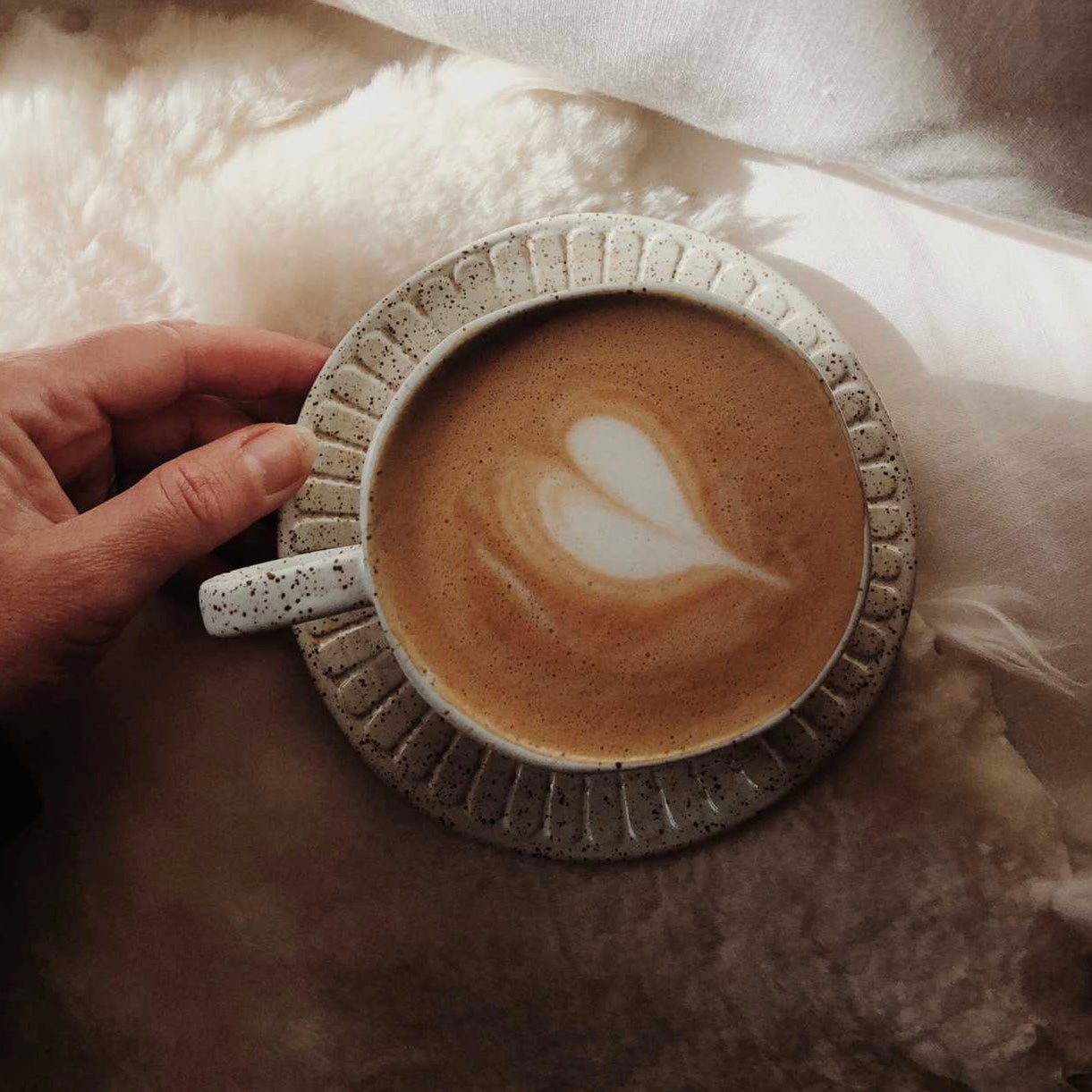
Creating your own daily ritual at home with a delicious coffee is a wonderful way to start your day or to get that afternoon pick-me-up. But to achieve a consistently perfect brew, you need to know the best coffee grind for your favourite coffee making method.
Different brewing processes extract coffee flavour and aroma in different ways. If your grounds are too coarse, you risk under-extracting your coffee which will produce a sour, acidic taste. If your grounds are too fine, you can over-extract your coffee, which will produce an overpowering flavour which is bitter and hollow.
So, what is the best coffee grind for your coffee maker?
The best coffee grind for espresso
Espresso machines use a fast extraction process and so require a fine grind. With the water passing very quickly at a high pressure through the coffee, using a finer grind maximises the exposed surface area of the grounds. This, in turn, achieves the best flavour in a short time.
Aim for a grind consistency that’s a bit finer than table salt.
The perfect stovetop grind
A medium-fine grind is best for stovetop or moka pot coffee. Because this method uses a quicker coffee extraction method by brewing the coffee under pressure, your grind needs to be fine enough to build up some resistance as the water travels over it.
However, you don’t want the grind to be too fine as it can lead to an over-extracted, burnt coffee that tastes bitter. On the other end of the scale, if the grind is too coarse, this can result in a weak, watery flavour.
For the best stovetop brew, we recommend a grind consistency similar to sugar or table salt.
Extracting the best flavour from your French Press
French press is a classic immersion coffee brewing method which requires a coarse grind. Because larger coffee pieces have a smaller surface area, it takes longer to draw out the oils, acids and organic compounds from the beans. Therefore, a coarse grind works beautifully with this slow extraction process.
Tip: If the grounds are too fine, you’ll find it difficult to press the plunger down. Or, if you get no resistance when pushing it down, this means the grounds are too coarse. Aim for a just a little resistance when you press the plunger to the bottom.
For a French press, the best coffee grind texture is similar to raw sugar or sea salt.
The ideal grind for a delicious pour over coffee
To achieve a flavoursome pour over brew, it’s best to use a medium grind. However, because there are a number of different pour over coffee makers, you may need to experiment a little to get the taste spot on for you. If you begin with a medium grind, but are not getting the flavour you’re after, try a medium-fine grind.
A medium grind should be the consistency of regular sand, whereas a medium-fine grind will be more similar to table salt.
Should you buy whole beans or ground coffee?
While there is no denying that freshly ground beans deliver maximum aroma and flavour, it’s not always convenient to grind your own beans. That’s why Emme Mac Black offers both whole beans and ground coffee.
For people who enjoy the process of grinding and brewing your own coffee, we recommend two coffee grinders:
- GX-10 coffee grinder - this grinder has a 38mm stainless steel burr which gives you greater control over the uniformity, consistency and size of your coffee grounds.
- Fiorenzato All Ground Coffee Grinder - this grinder is very easy to use - for both beginners and seasoned baristas. Featuring 64mm flat burrs, it delivers a high-precision micrometric grind.
If, however, you like your coffee already ground and ready to go, we offer a range of grind options to suit your brewing process, each of which are vacuum-sealed to retain ultimate freshness.
Explore our range of delicious slow-roasted, Italian-style coffee today and transform your coffee experience into a delicious daily ritual.



